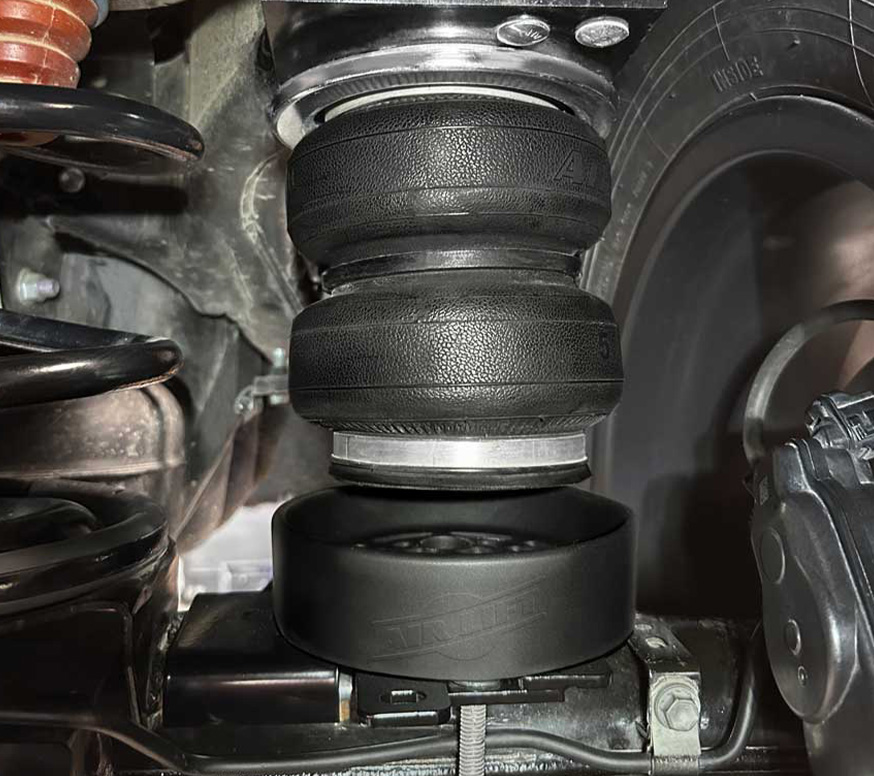
The Simple Guidelines of Air Suspension
5/19/2014
Simple guidelines to help ensure long life and continued satisfaction of your air ride air suspension kit.
Air Lift air springs are designed to fit, work, and last with minimum maintenance and attention. Following these simple guidelines will help ensure long life and continued satisfaction.
Do:
- Check the air spring’s air pressure on a regular basis. Maintain the required minimum pressure.
- Add air when adding a load.
- Add limiting straps and modify the jounce bumper if you off-road.
- If your vehicle is a motorhome, start with 90 or 100 PSI and decrease air pressure until it rides comfortably.
- Assure that the air bag and its brackets are aligned and adjusted properly (check the installation manual for your kit).
- Know, understand, and stay within your vehicle’s weight ratings.
- If you are using Air Lift 1000 air springs, add air before adding the load.
Don’t:
- Don’t allow the air bag to rub against anything on the vehicle. Minimum clearance must be ½ inch around the air spring. Failure to do so can result in a premature failure. After installation, verify the minimum clearance is maintained when the air spring is fully inflated.
- Don’t exceed the vehicle manufacturer’s weight ratings. Failure to do so can result in damage to the air spring assembly, suspension or vehicle in general, and voids your Air Lift air spring warranty.
- Don’t exceed the recommended air pressure (100 PSI in sleeve and bellows style air spring applications).
- Don’t exceed the recommended torque requirements.
- Don’t use air springs as a substitution for weight distribution or sway bars.
- Don’t install Air Lift air springs with the axle hanging down by the stock springs.
- Don’t operate air springs below the minimum required pressure.









